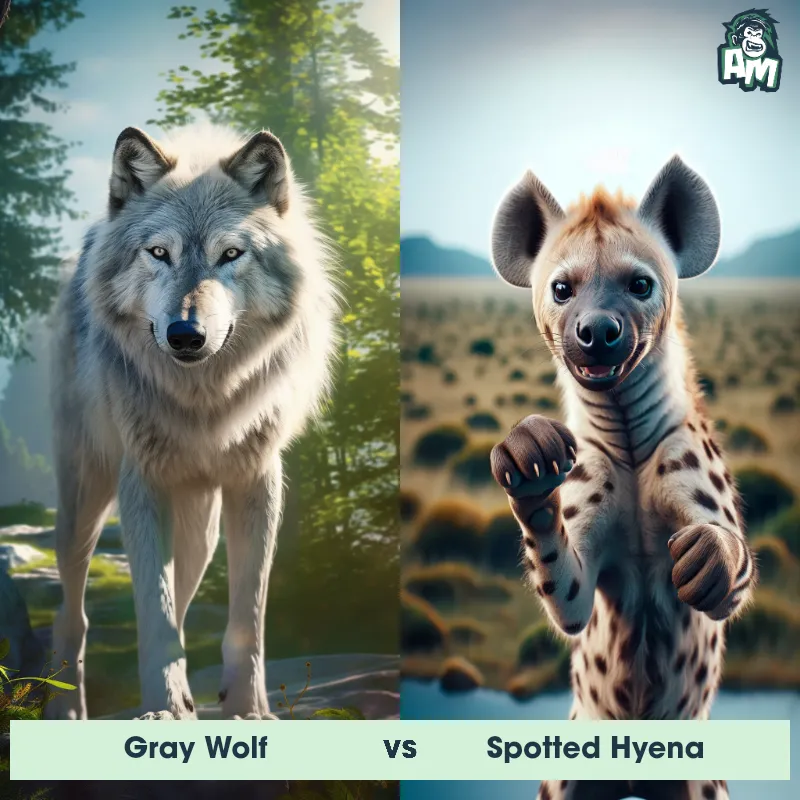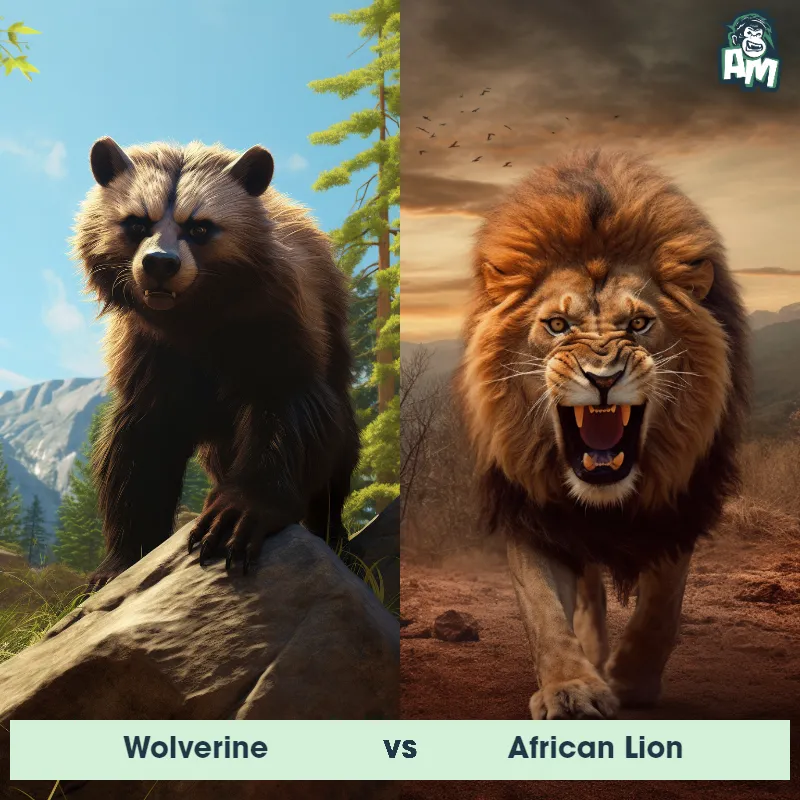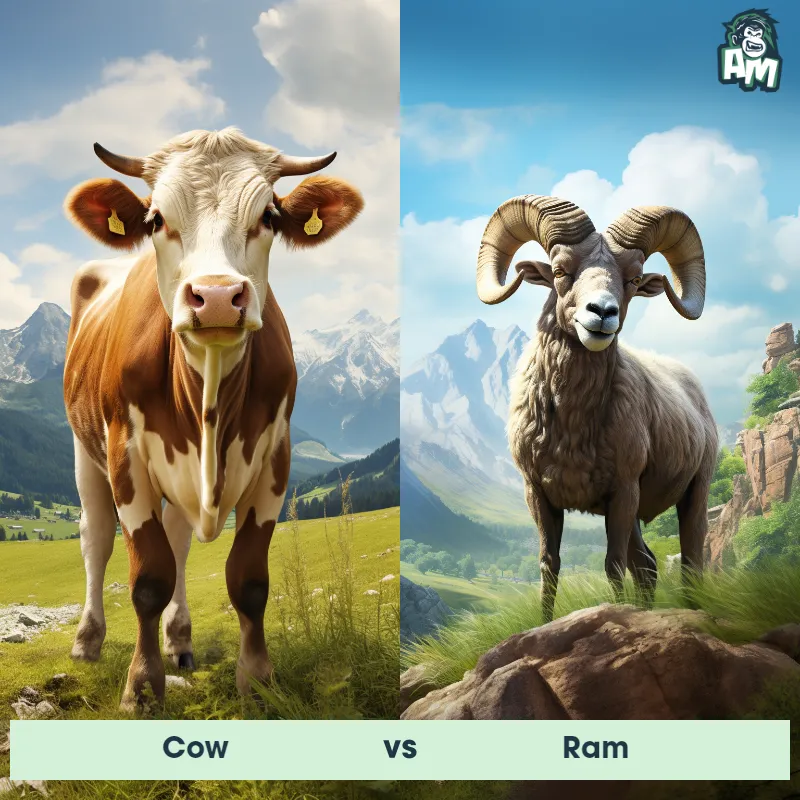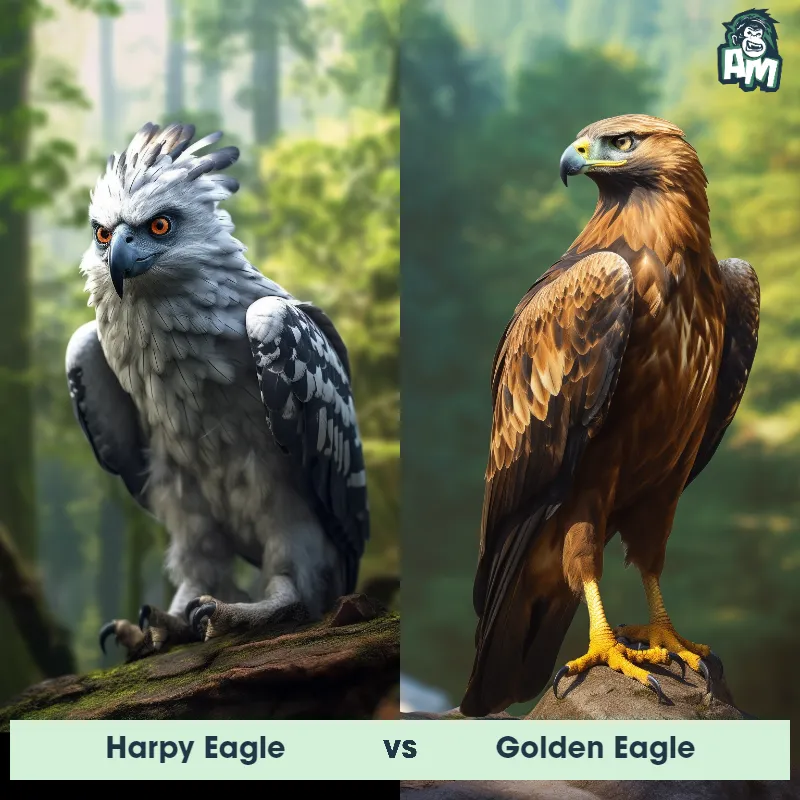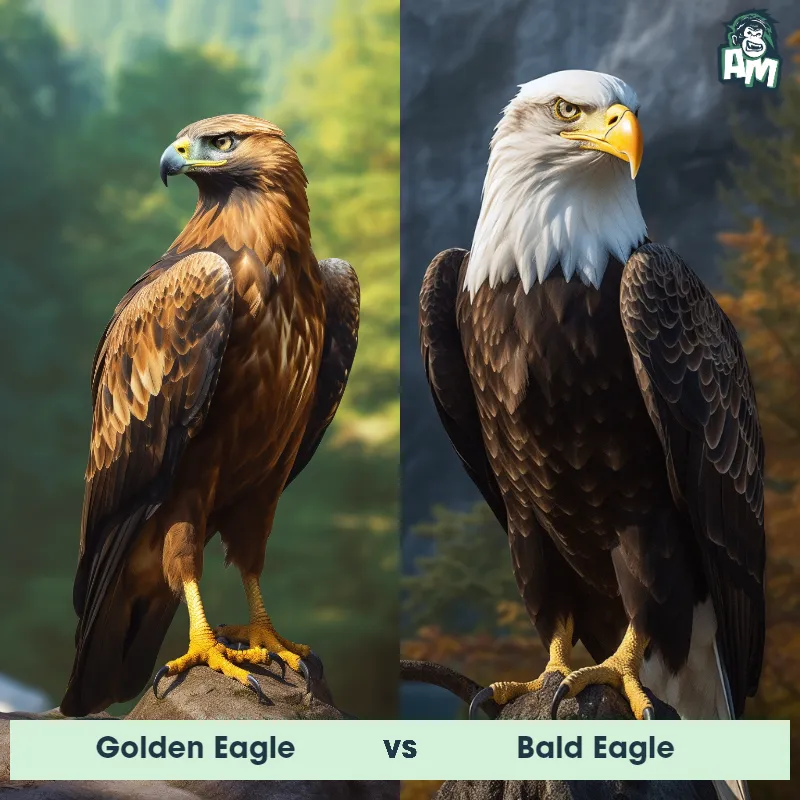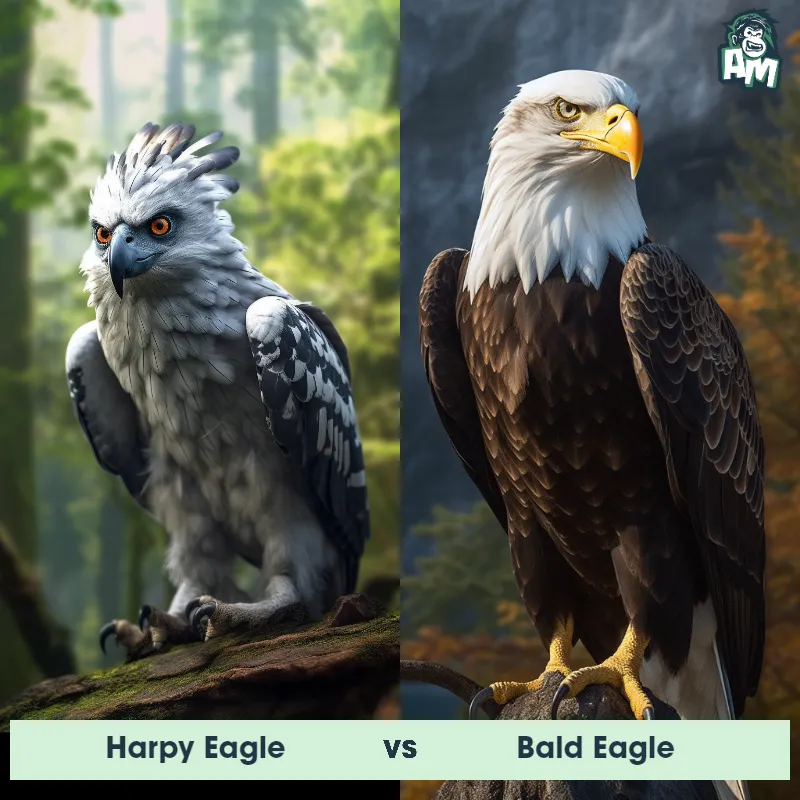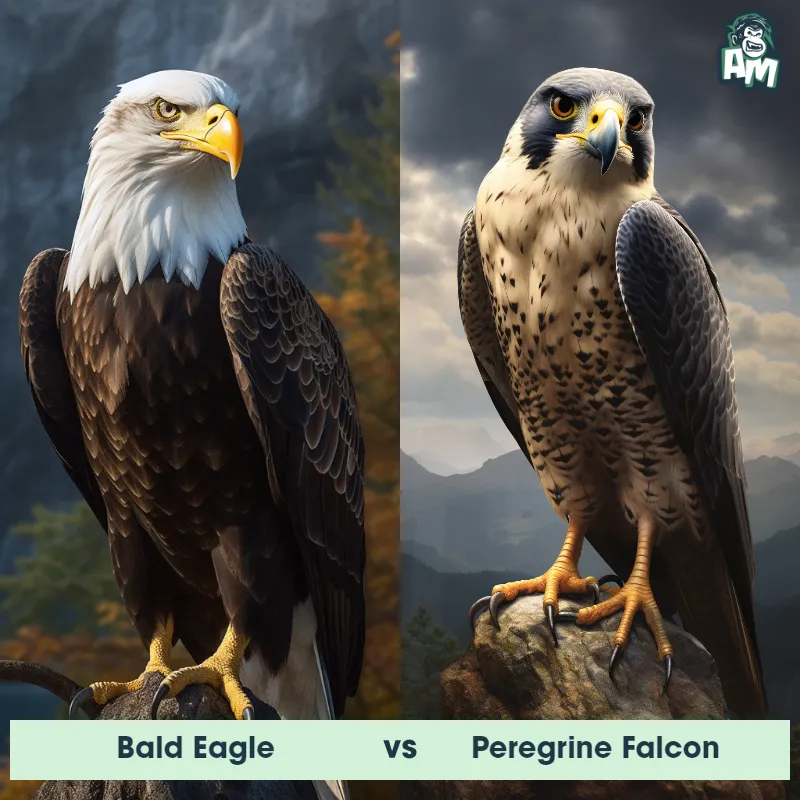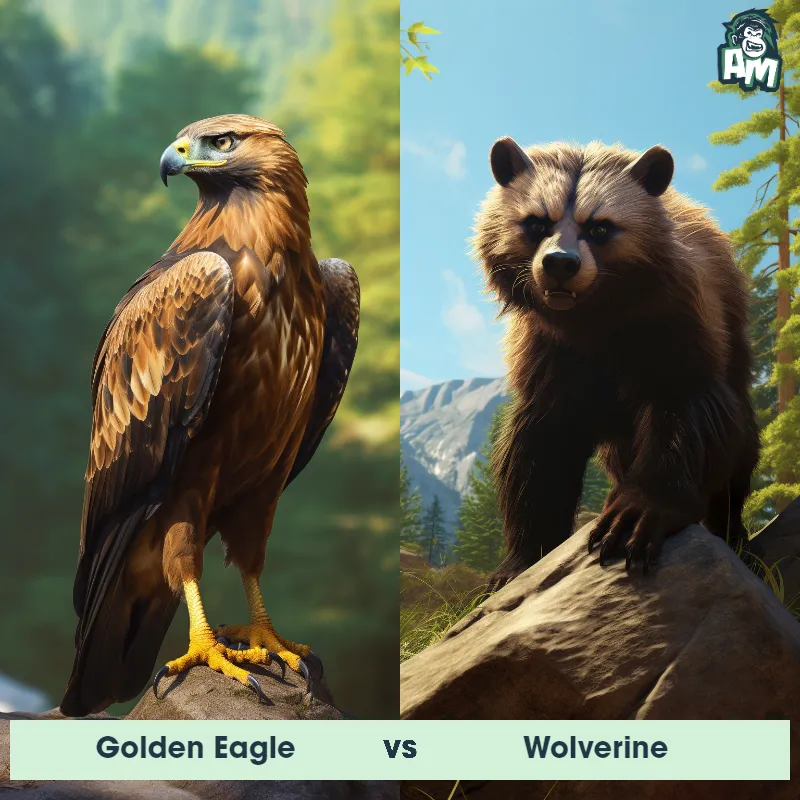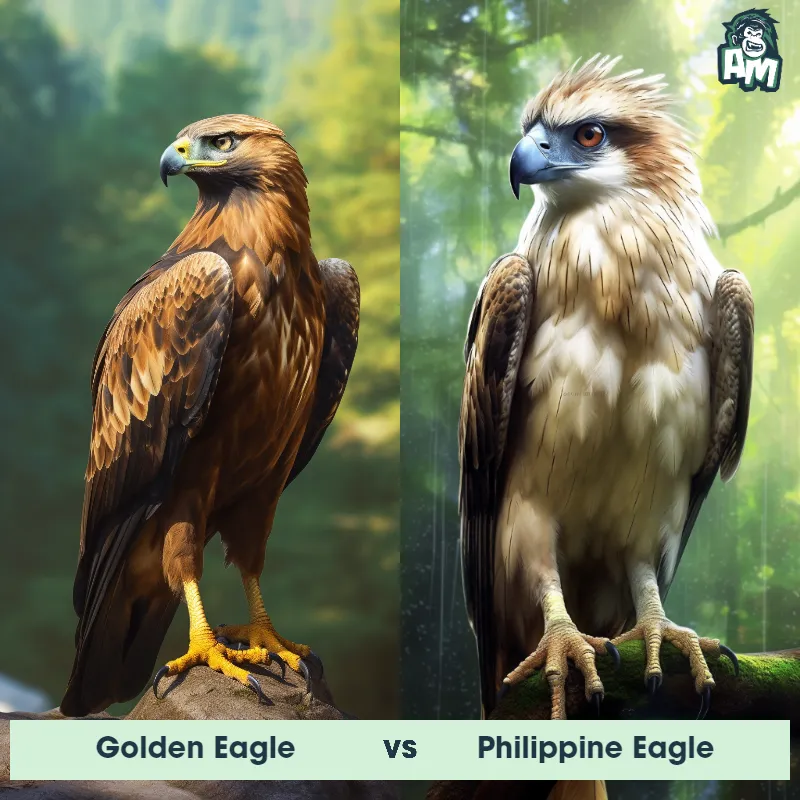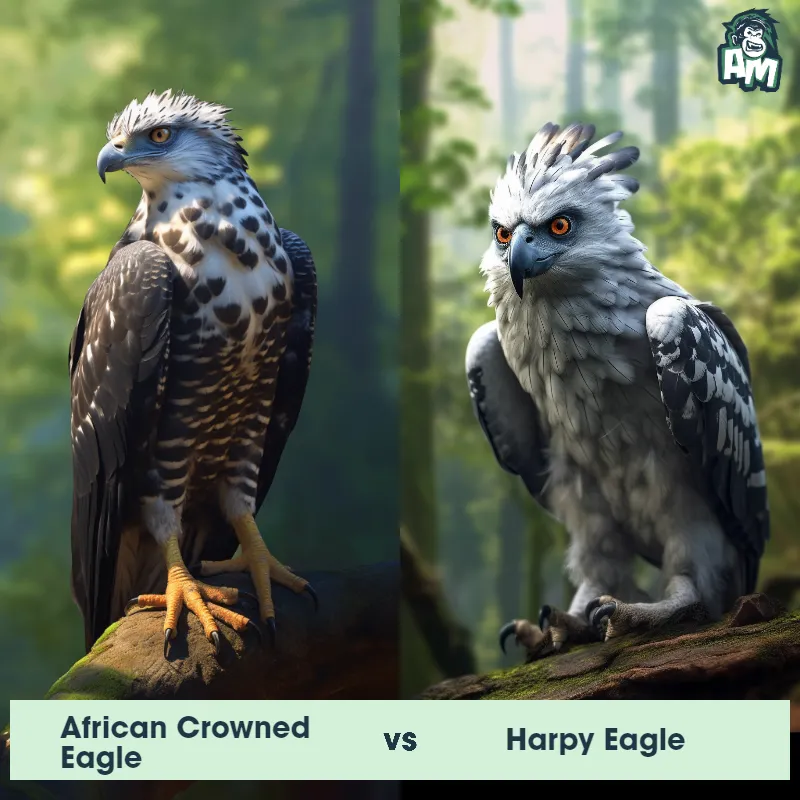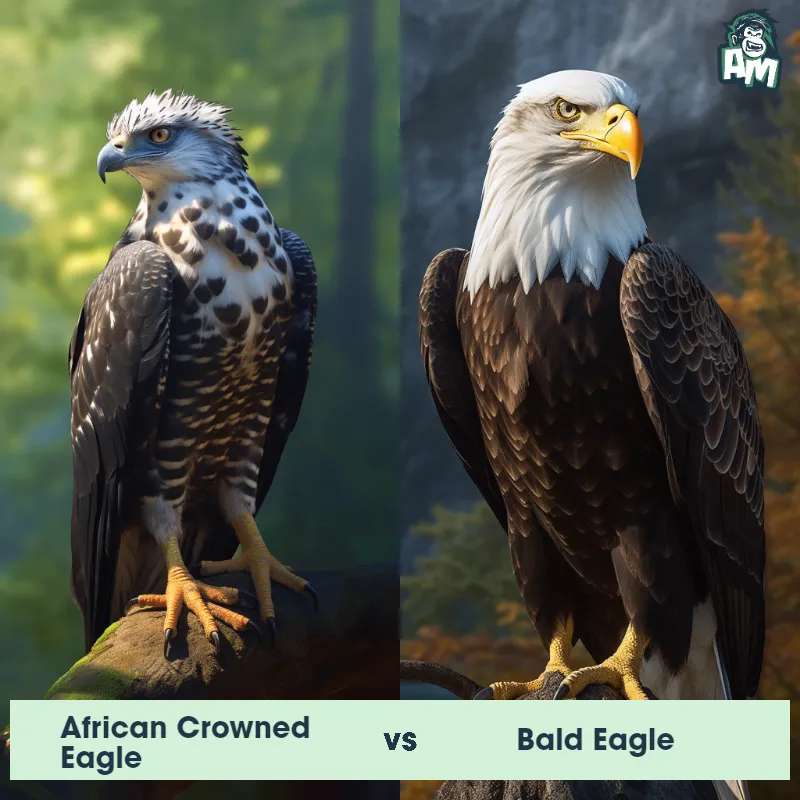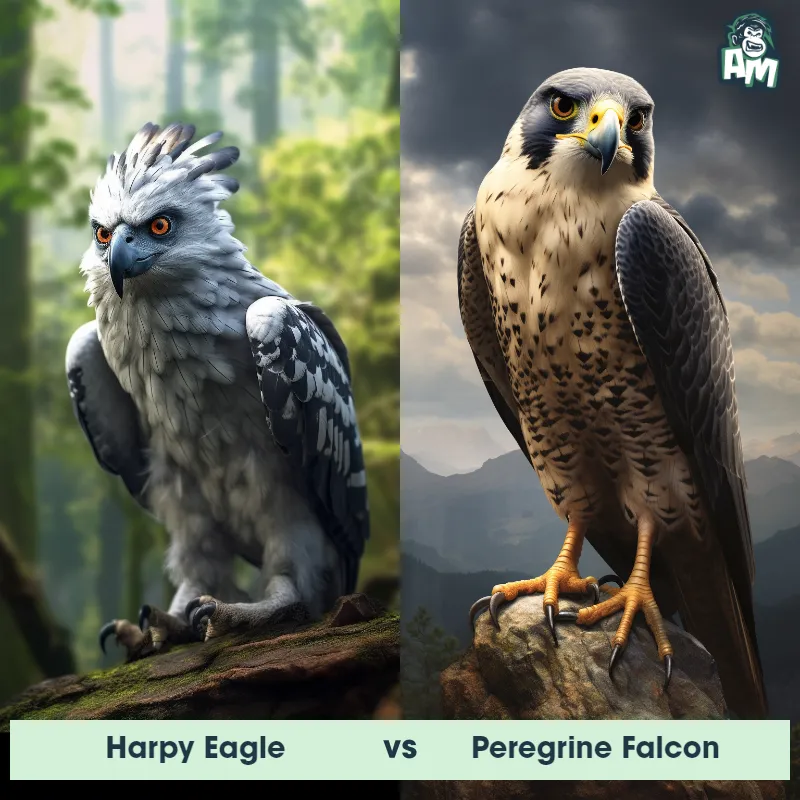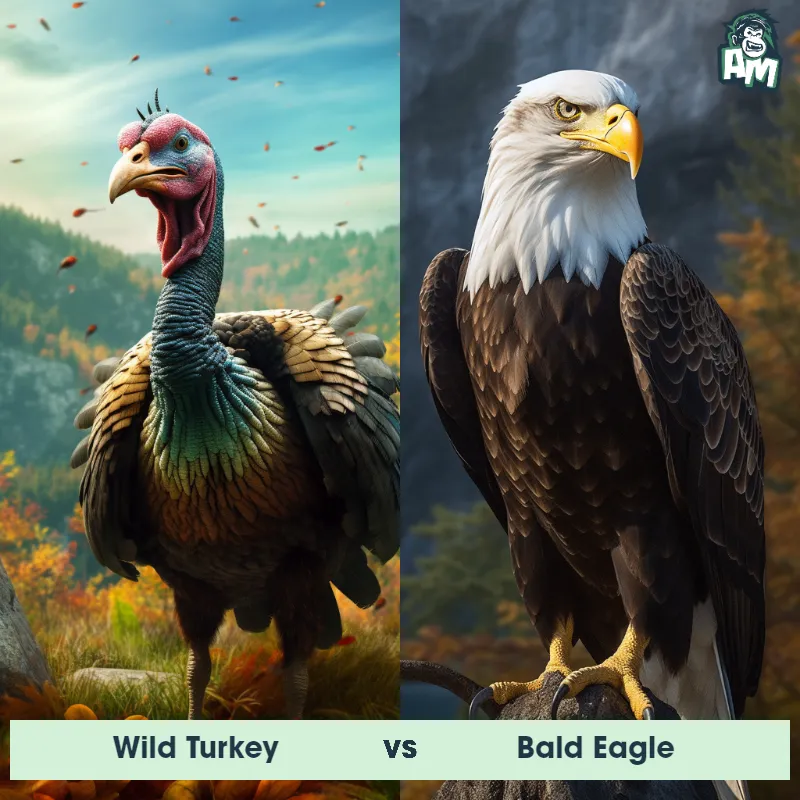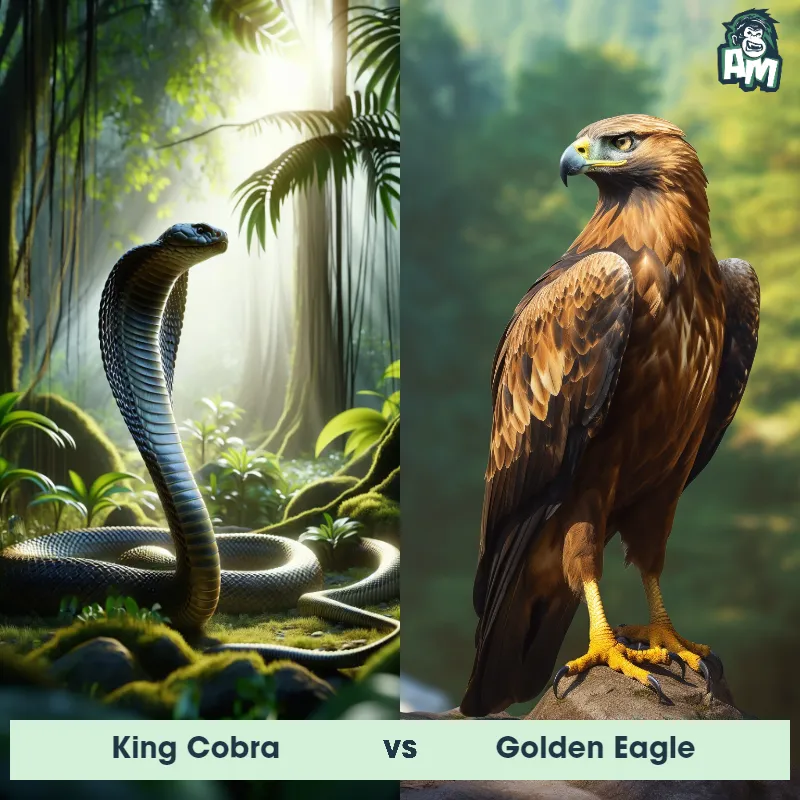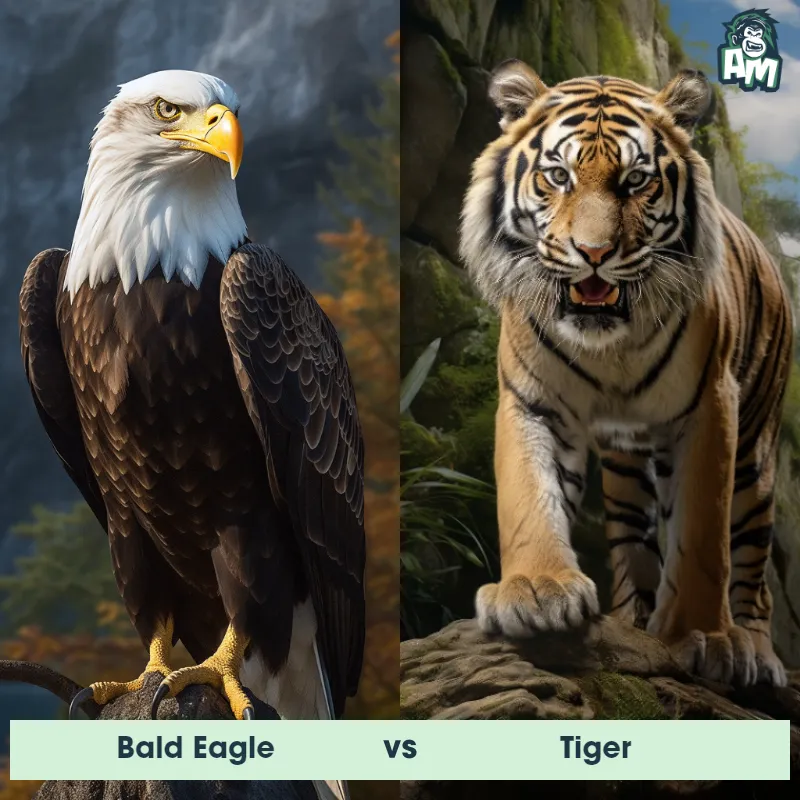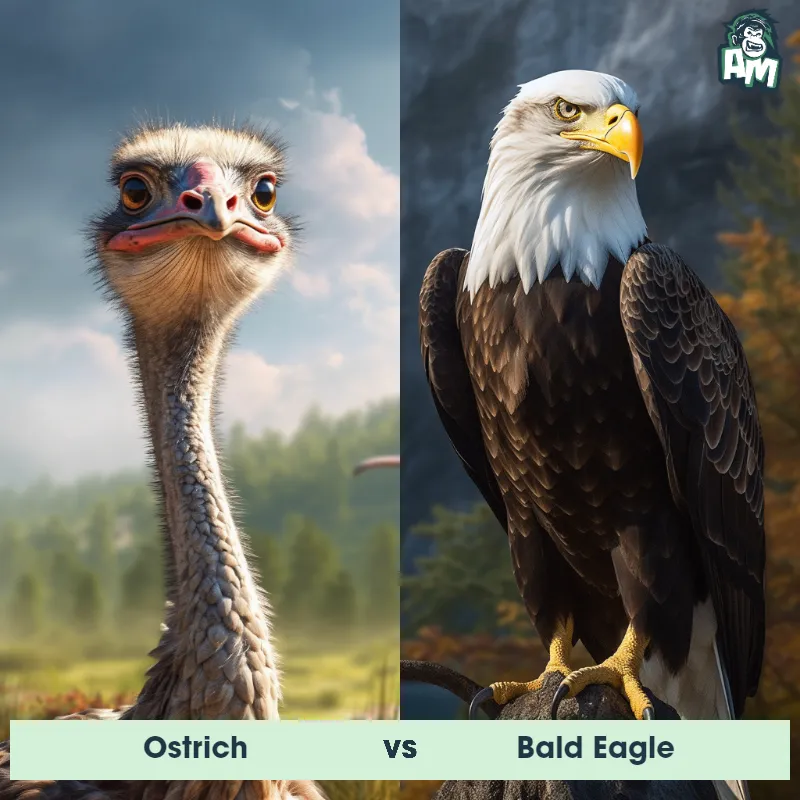Bald Eagle vs HawkSee Who Wins

Ladies and gentlemen, welcome to this thrilling matchup between two fierce aerial predators. Nature has provided us with a Bald Eagle and a Hawk, both known for their remarkable hunting skills and incredible speed. These magnificent creatures are about to engage in a three-round clash that promises to be an electrifying display of strength and agility. So, fasten your seatbelts, folks, because this high-flying showdown is about to take off!
Contender 1: Bald Eagle
The Bald Eagle, also known as the American Eagle, is a bird of prey found in North America. It is known for its white head and tail feathers, dark brown body, and sharp talons. Bald Eagles have a wingspan of up to 7 feet and can weigh up to 14 pounds. They are known for their impressive hunting skills and can dive at speeds of up to 100 miles per hour to catch their prey.
Fun Fact: Bald Eagles are known for their impressive eyesight, which is four times better than that of a human. They can spot their prey from up to two miles away!
Contender 2: Hawk
The hawk is a bird of prey known for its sharp vision, hooked beak, and powerful talons. Hawks are found all over the world except in polar regions. They come in a wide range of sizes, with some species being as small as a pigeon, while others can grow to a wingspan of up to 55 inches. Their diet primarily consists of small mammals, birds, and reptiles. Hawks are generally solitary creatures, often seen soaring high in the sky in search of their next meal.
Fun Fact: Hawks have some of the sharpest eyesight in the animal kingdom, with some species able to spot a mouse from a height of a mile.
Matchup Stats
| Bald Eagle | Hawk | |
|---|---|---|
| Size | Up to 3 feet (91 cm) in height and 7 feet (213 cm) in wingspan. Metric: Up to 91 cm in height and 213 cm in wingspan | Up to 22 inches (56 cm) in length, wingspan up to 55 inches (140 cm) |
| Weight | Up to 14 pounds (6.4 kg). Metric: Up to 6.4 kg | Up to 4.5 lbs (2 kg) |
| Speed | Speed: 120 mph (193 km/hr) | 150mph (241km/h) |
| Key Strength | Sharp talons and powerful beak | Sharp vision, hooked beak, and powerful talons |
| Biggest Weakness | Vulnerable to larger predators such as bears and cougars | Limited ground mobility |
Current Votes
Bald Eagle vs Hawk
See Who Wins
View More Matches
Looking For More?
Similar Matches
Scientific Stats
| Bald Eagle | Hawk | |
|---|---|---|
| Scientific Name | Haliaeetus leucocephalus | Accipitridae |
| Family | Accipitridae | Accipitriformes |
| Habitat | Near water bodies such as lakes, rivers, and coasts | Forests, deserts, grasslands, fields, mountains, and coastal regions |
| Geography | North America | Worldwide except in polar regions |
| Diet | Fish, small mammals, and birds | Small mammals, birds, and reptiles |
| Lifespan | 20 years - 30 years | 10 years - 30 years |
Key Differences between Bald Eagle and Hawk
- Flight pattern: Bald Eagles often soar with their wings held flat and glide gracefully, while hawks are known for their agile and maneuverable flight, using their broad wings to execute quick turns and dives.
- Nesting behavior: Bald Eagles build massive nests called "eyries," usually in tall trees or on cliffs, while hawks construct smaller nests on trees or in shrubs, often utilizing previous nests from other birds.
- Head shape: The Bald Eagle possesses a prominently hooked beak and a massive head, giving it a distinctively larger appearance, whereas hawks typically have a more streamlined head shape with a smaller beak in comparison.
- Habitat preference: Bald Eagles are more commonly found near bodies of water, such as coasts, lakes, and rivers, where they primarily hunt fish, while hawks are versatile predators that can inhabit various habitats, including forests, grasslands, and open areas.
- Size: The Bald Eagle is significantly larger with a wingspan of 6-7 feet, while most hawk species have an average wingspan of around 2-4 feet.
- Color: Bald Eagles have a distinctive white head and tail, contrasting with their dark brown body, whereas hawks exhibit a wide range of color variations depending on the species, including brown, gray, and rust.





